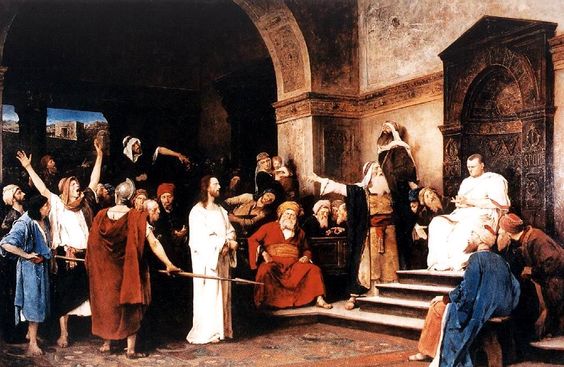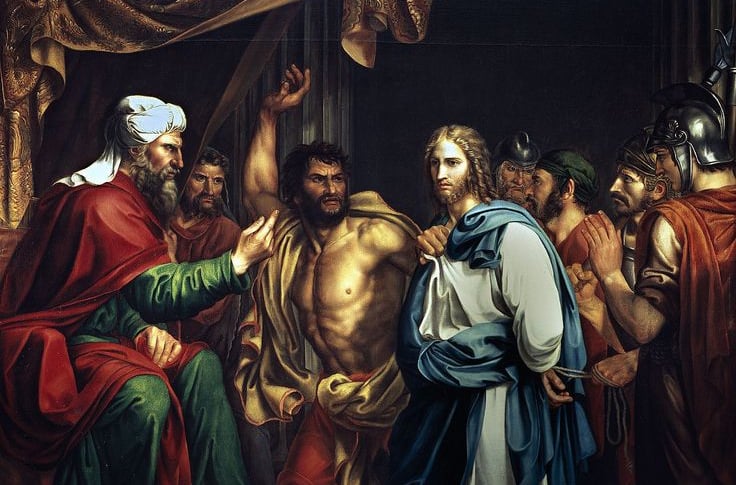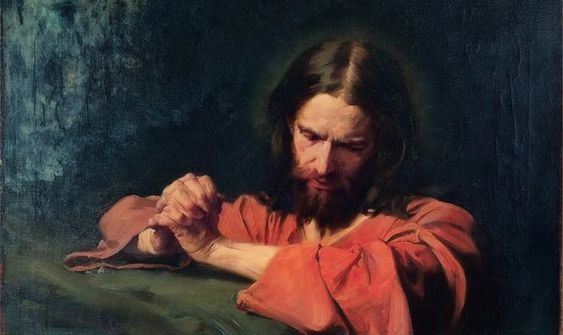The Trial of Jesus: What Really Happened in Record
JESUS CHRISTBIBLE INSIGHTS


The trial of Jesus stands as a cornerstone in Christian theology, yet the historical records of this momentous event remain perplexingly sparse. This exploration seeks to shed light on why exactly we find such a scarcity of evidence surrounding the trial of Jesus, unveiling the layers of historical, religious, and scriptural perspectives that contribute to this event.
I. Historical Constraints


At the heart of the historical era in which Jesus lived, the Roman Empire did not prioritize the detailed documentation of trials, especially those concerning non-citizens or individuals not of high status. Given Jesus' position in society, it's conceivable that Roman authorities did not keep extensive records of his trial. Moreover, the tumultuous state of Judea under Roman occupation and subsequent upheavals could have led to the loss or destruction of any existing records.


Religiously, the trial of Jesus is more than a mere historical event; it embodies profound theological significance. Christian doctrine focuses on the spiritual essence and redemptive narrative of Jesus' death and resurrection, rather than the judicial specifics of his trial. This spiritual emphasis might have overshadowed the need for preserving detailed legal accounts, guiding the early Christian community to prioritize theological manuscripts and teachings over courtroom documentation.
III. Scriptural Narratives


These accounts are written from a faith-based perspective, aiming to convey moral and spiritual teachings rather than serve as historical or legal documents. The Gospel narratives highlight the religious significance of Jesus' trial and crucifixion, focusing on the fulfilment of prophecies and the establishment of a new covenant between God and humanity.
IV. Conclusion
In essence, the absence of detailed records regarding the trial of Jesus can be attributed to a combination of historical circumstances, religious priorities, and the nature of scriptural accounts. While this gap in the historical record may pose challenges for scholars, the enduring legacy of Jesus' message and its impact on the world continues to resonate, transcending the need for physical evidence of his trial.
Related Posts
II. The Lens of Faith


